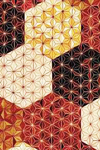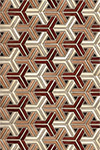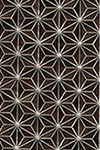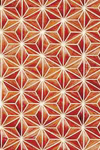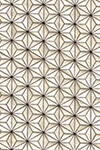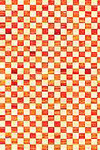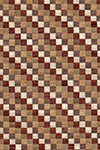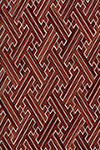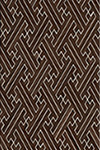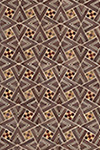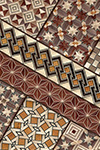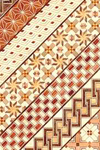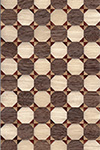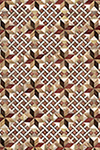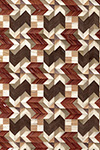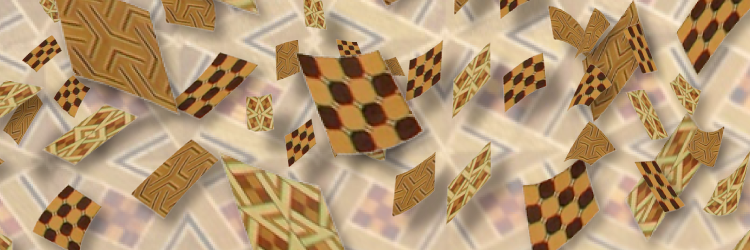
The main material of mosaic
Introduction of the pure material used by mosaic, and signs that a complicated pattern is made.
 Pagoda tree |
 Bubinga |
 Movingui |
 Cerasus |
 Nato |
 Rosewood |
 Japanese Hou |
 Chinese Hou |
 Pau Rosa |
 Berry |
 White Ash |
 Moraceae |
 Moabi |
 Karin |
 Keyaki |
 Canarium |
 Lacquer tree |
 Gluta |
 Katsura Jindai |
 Katsura |
 Mizuki |
 Walnut |
||
Process for forming the Yosegi Pattern
| Step 1 | Step 2 | ||
| Apply an adhesive agent to colored wood materials to make a wood base with an intricate pattern. | 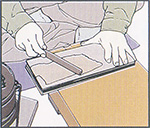 |
Saw the patterned wood base precisely into patterned members and plane the members. | 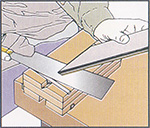 |
| Step 3 | Step 4 | ||
| Assemble the patterned members with an adhesive agent into unit patterned pieces. | 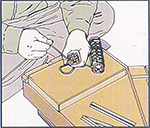 |
Bond the unit patterned pieces together and saw them to desired dimensions. | 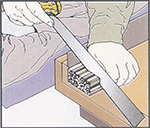 |
| Step 5 | Step 6 | ||
| Put the sawed blocks together to create a continuous pattern and make an original board. | 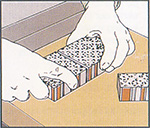 |
With a special large plane. shave the original board into paper-thin sheets of wood. These paper-thin sheets of wood are called “Zuku” sheets. | 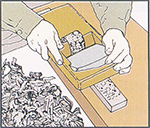 |
| Step 7 | Step 8 | ||
| The shaved “Zuku” sheets are curied up, so roll out the sheets of wood with an iron. | 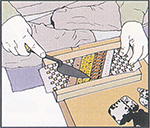 |
Paste the wood mosaic “zuku” sheets to a small box and a wood mosaic article is completed. | 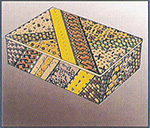 |
Working process images
“Zuku” sheets Type Example
*Mouse over image to zoom the parquetry mosaic image.
-
Kikkou Asa
-
Kikkou
-
Kuroasa
-
Akaasa
-
Siroasa
-
Ichimatsu
-
Tashoku Ichmatsu
-
Saya Red
-
Saya Black
-
Kirichigae W
-
Koyosegi
-
Koyosegi
-
Kagome
-
8Kakuasanoha-rouyagoshi
-
Mawariyabane










